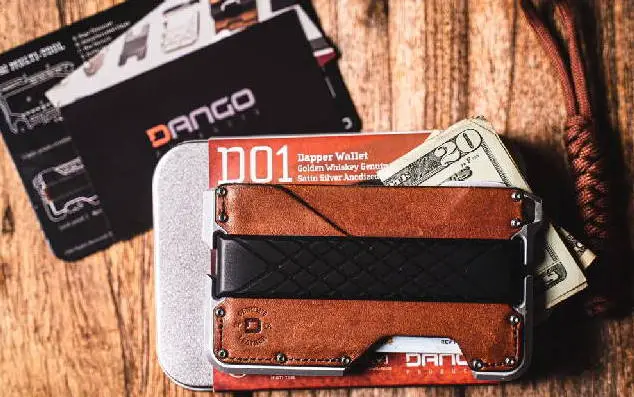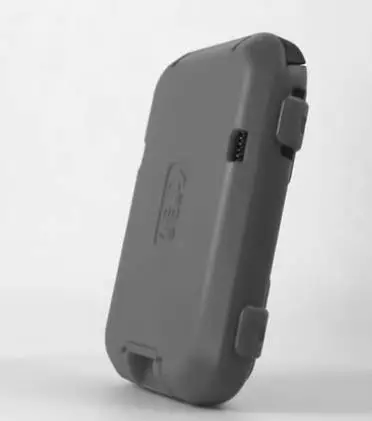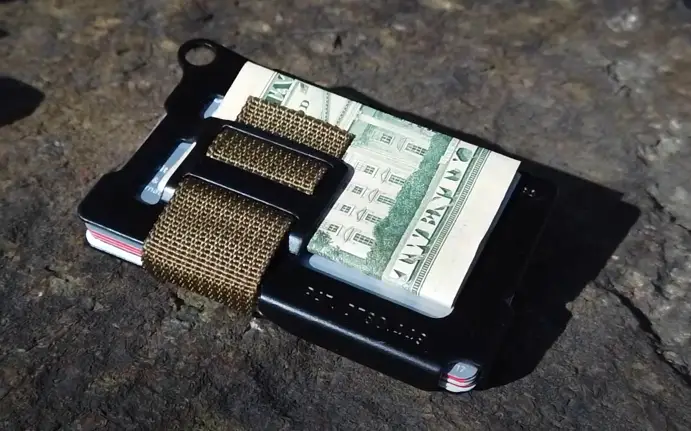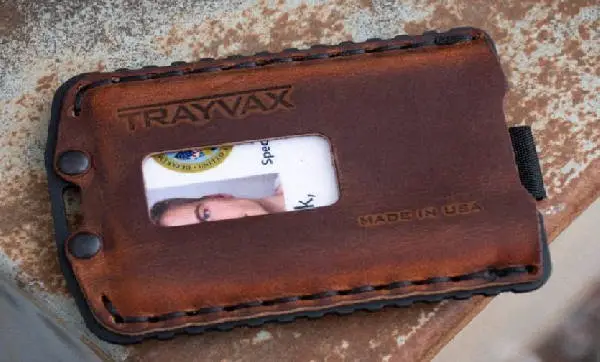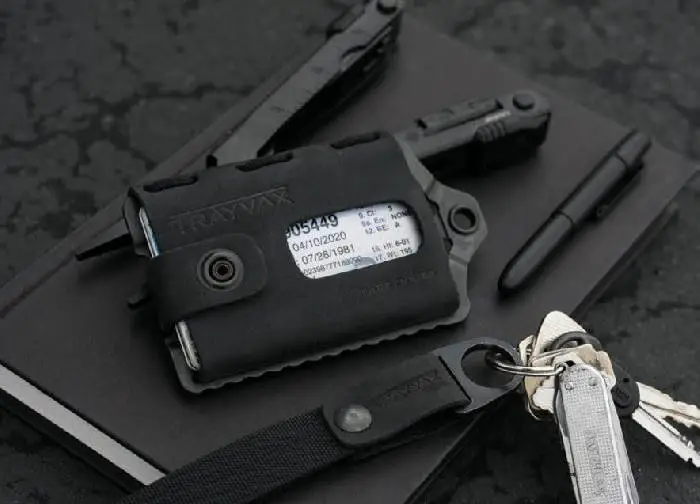I can try and imagine the scene before this article popped up on your browser. You take your wallet out and realize it has severely worn out over the years, cracks have appeared on the edges, and even the fabric has started walling off on the inside. An unpleasant, but kind of exciting thought passes through your head – it’s time for you to buy a new one.
So, off you go, checking the usual online stores for a new wallet, hopefully, a modern and fresh-looking one. Only to soon realize that the market has blown up so much over the past decade and there are now over a thousand different models. Folding and non-folding, slim and thick, wallets of all sizes, materials, and purposes, with all kinds of features, advantages and disadvantages.
If you scrolled through a couple of web stores selling wallets today, you will realize that modern wallets largely fall into two categories – a traditional wallet and a cardholder. Both models offer many different pros and cons, and it can sometimes get hard to pick the best one for you.
In this article, we will go through the basics of these two types of wallets, the pros and cons they offer, and help you choose the one that fits you best.
What is the difference between a wallet and a cardholder?
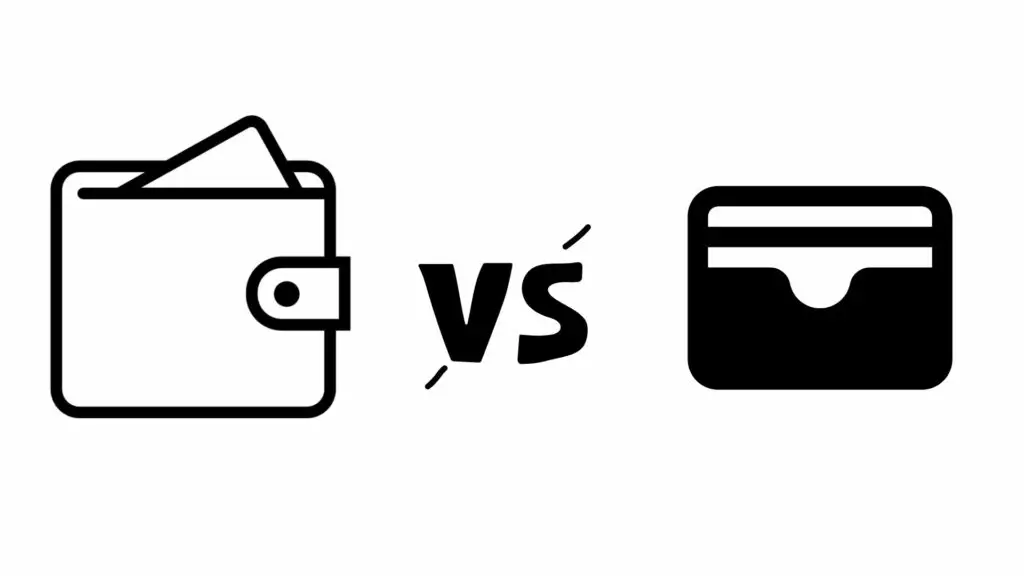
First of all, let’s start with some basics. Any item designed to hold banknotes, cards, or other cash-related contents is, technically, a wallet. But in this case, we talk of traditional, folding wallets made of fabric, and one that is designed to carry both cards and cash, as well as some other paper items.
A cardholder, on the other hand, is a small and compact wallet, typically made of hard materials like plastic or metal, and is designed to only carry cards inside. So the difference between a wallet and a cardholder is quite simple – one is much smaller, but can only carry cards, while the other can carry anything, but takes much more space.
Both items have a lot of benefits and drawbacks that you have to consider before opting for one.
Pros of a wallet
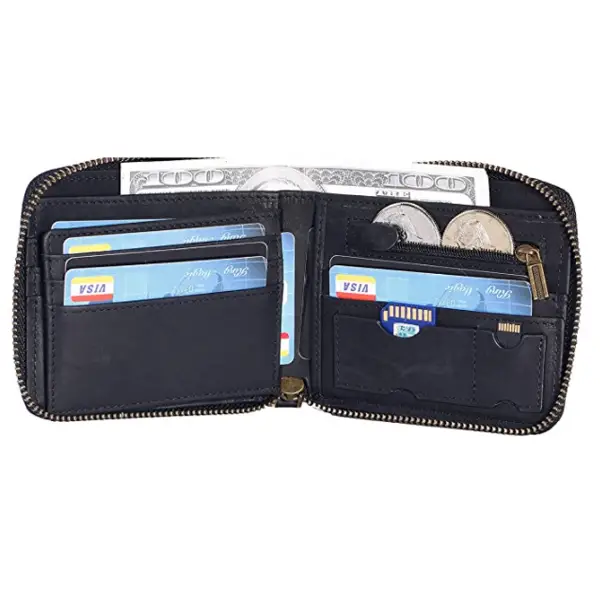
The main benefit of a wallet as opposed to a cardholder is that it can hold cash bills. And even though almost all places in the world today accept credit cards, there is still a huge need to have some cash on you at all times. For example, if you live in a less-developed country or if you regularly shop at an open-air market, it is very likely that you pay a big chunk of your transactions with cash instead of your credit card.
Another big benefit of a traditional wallet is its size. The bifold and trifold wallets often come with tons of pockets and a huge overall capacity. This means that you can fit up to a dozen bills and cards inside, as well as some other miscellaneous items like gym cards, business cards, receipts, or other papers.
And, naturally, a folding wallet is always easier to organize and kept in check. It has so many pockets, closed compartments, and different ways to reshuffle your cards, you will always know where your stuff is at all times.
See my complete guide on the minimalist wallets pros and cons if you want to find out all the details.
Cons of a wallet

Most of the downsides wallets have, but cardholders don’t, come down to their design and durability.
A big folding wallet will rarely fit in your front pocket, so you’ll always have to carry it in the back. But having a chunky item like that in your back pocket all the time does serious damage to your posture, which can lead to many back health problems. Just the sheer size of a wallet, especially when you compare it to a slim cardholder, makes it very hard to justify owning one.
They are also a bigger target for pickpocketers, as fat wallets are much easier to get stolen, even more so when they are always in your back pocket (see my guide on how to prevent wallet theft and what to do if you lose your wallet in case this has happened to you). This will never happen with a cardholder as they are very slim and even unnoticeable through your pants.
Material durability is another huge concern for traditional folding wallets. Since they are most often made of leather or other expendable fabric, they usually start to wear off after a couple of years of usage. A cardholder made of metal or plastic, on the other hand, will stay intact for years unless you somehow manage to break it apart.
Pros of a cardholder
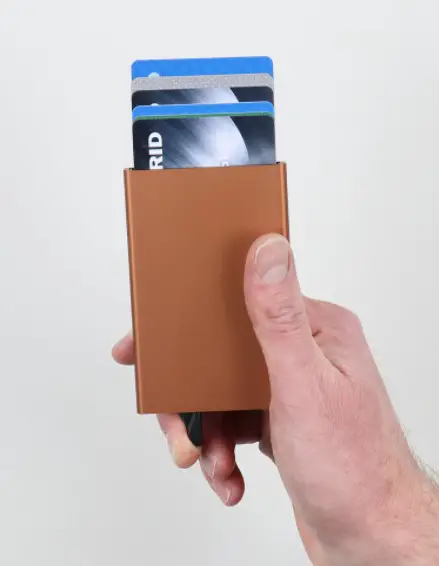
A cardholder, no matter its brand, materials, design, or form, will always look thin and elegant. They are very compact items you can fit anywhere. You can carry it in your front or back pocket, in your shirt pocket, or even hang it on your belt or backpack.
Their size not only makes cardholders very easy to carry around but also makes them look very stylish and minimalistic. A sleek silver cardholder made of furnished aluminum, carbon fiber, or titanium will complement any modern outfit.
One huge argument to go cardholder over wallet is the fact that cash is slowly becoming obsolete. Almost every transaction we make today is done electronically, via a credit card, or online payment. So, since a credit card and an ID can get you through the day easily, why would you ever need to carry a huge wallet when a small cardholder with two or three cards inside will do the trick?
Strength and durability are other big reasons to go for a cardholder. These types of wallets are almost always made of plastic, metal, carbon fiber, or any other hard-shell material. This makes them both durable in the long term, but also much safer for your cards as they won’t get bent or broken inside.
Cons of a cardholder
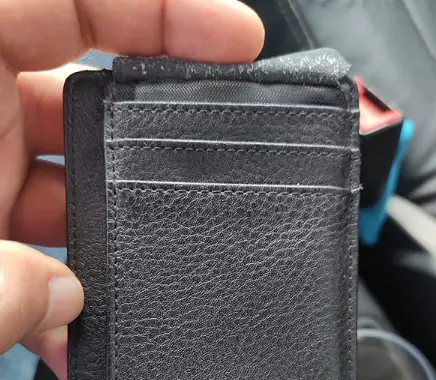
Cardholders have only a few, but very crucial drawbacks. The major issue here is that they only fit cards inside, and nothing else. If you opt for a cardholder, you won’t have any space for cash or other items in your wallet (see my guide on the best wallets for many cards if that’s what you’re after instead).
The strict design of cardholders not only means less capacity but also makes them a bit more troubling to use. Many models implement a two-plate design that holds the cards stacked in between the plates. It can sometimes get tricky to pull a specific card out, organize them properly, and use the whole cardholder efficiently. A lot of people will never choose a minimalist cardholder purely for this reason alone.
Cardholders come in various prices, from $10 to $100, but the cheaper they are, the worse their materials. And when you buy one made of cheap plastic that stacks the cards inside, it will most likely scratch and damage them. That’s why it’s important to avoid cheap hard-material cardholders, which is easier said than done since most high-quality models come at above $60.
Verdict
The debate of wallets vs cardholders is endless, but the verdict here is quite simple. You should opt for a wallet if you:
- still need to use cash daily
- prefer a high-capacity wallet, even though it would be chunky
A cardholder, on the other hand, will come in handy if you:
- only use cards for all payments
- prefer a thin, slim wallet, even though it would have a strict capacity
And, if you aren’t tight on money, of course, you can always get both. Thus, you’ll have a big wallet with all your stuff, and a small sidekick cardholder for casual nights out. If you can’t make your mind up about a certain model, you can always check my detailed guide on to choose a wallet, and get the latest tips on how to make the right choice for your style.


